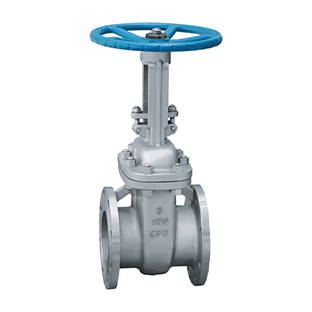water control valves types
Understanding Water Control Valves Types and Applications
Water control valves play a pivotal role in various applications across industries, regulating the flow and pressure of water in systems. These valves ensure optimal performance and efficiency in plumbing, irrigation, irrigation drainage, wastewater management, and industrial processes. With a wide variety of types available, understanding these valves and their specific applications is essential for anyone involved in system design, maintenance, or management.
Types of Water Control Valves
1. Gate Valve Gate valves are primarily used to allow or prevent the flow of water. They operate by lifting a gate out of the path of the fluid, offering minimal resistance. Gate valves are suitable for on/off control and are found in applications where a straight line of flow and minimum pressure drop is essential. However, they are not ideal for throttling purposes, as partially closing a gate valve can lead to erosion and damage.
2. Globe Valve Globe valves are designed for regulating flow. Their internal structure allows for precise control, making them suitable for applications requiring throttling. With a spherical body shape, globe valves can handle higher pressures and temperatures, often found in steam, gas, and other high-pressure situations. The downside is that they can create more resistance in the flow compared to gate valves.
3. Ball Valve Ball valves consist of a hollow, perforated sphere (the ball) that rotates to either allow or block the flow. They provide quick on/off control with minimal pressure drop when fully open. Ball valves are generally reliable and durable, making them an excellent choice for various water control applications, including residential plumbing, irrigation systems, and industrial processes.
4. Butterfly Valve Butterfly valves use a disc to control the flow of water. The disc is positioned in the center of the pipe and rotates to open or close the flow path. These valves are lightweight and occupy less space, making them suitable for large-scale applications, such as water distribution systems and HVAC systems. Butterfly valves also provide efficient throttling capabilities.
water control valves types

5. Check Valve Check valves prevent backflow in a system, ensuring that water flows in one direction only. They are essential in preventing damage to pumps and maintaining the integrity of water systems. Check valves come in various types, including swing check, lift check, and ball check valves, each suitable for different applications based on the system's requirements.
6. Pressure Relief Valve Pressure relief valves are crucial for managing excess pressure within a system. These valves automatically open when the pressure exceeds a predetermined level, helping to prevent damage to pipelines and equipment. They are vital in ensuring safety in water distribution systems and industrial applications, where pressure control is critical.
Applications of Water Control Valves
Water control valves find applications across a range of industries and systems
- Residential Plumbing In households, valves like gate, ball, and globe valves regulate the water supply, ensuring efficient distribution while allowing for repair and maintenance without shutting off the entire system. - Agriculture In irrigation systems, valves are essential for controlling water flow to crops, optimizing water usage, and ensuring that fields receive the appropriate amount of water. - Municipal Water Systems Water control valves regulate supply and pressure in municipal systems, ensuring that safe and clean water reaches homes and businesses. - Industrial Processes In manufacturing and processing plants, specialized valves control the flow of water and other fluids critical for operations, contributing to safety and efficiency.
Conclusion
In conclusion, understanding the different types of water control valves and their specific applications is vital for effective water management. Whether in residential, commercial, or industrial settings, these valves contribute significantly to water efficiency and system reliability. As technology evolves, innovations in valve design and functionality will continue to enhance their effectiveness in Water management processes across various sectors.
-
3-types-of-check-valves-maintenance-tipsNewsAug.23,2025
-
ball-valves-types-with-trunnion-mounted-designNewsAug.23,2025
-
butterfly-valve-company-production-capabilitiesNewsAug.23,2025
-
fisher-globe-valve-technical-specificationsNewsAug.23,2025
-
types-of-gaskets-for-flanges-selection-guideNewsAug.23,2025
-
wedge-gate-valve-suppliers-quality-standardsNewsAug.23,2025
-
Breakthrough in Domestic Low Temperature Valve Technology in ChinaNewsAug.18,2025




